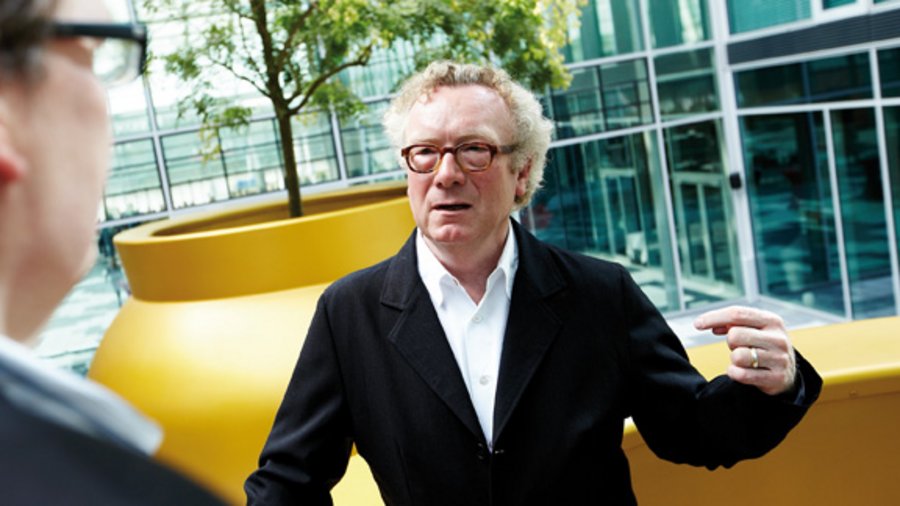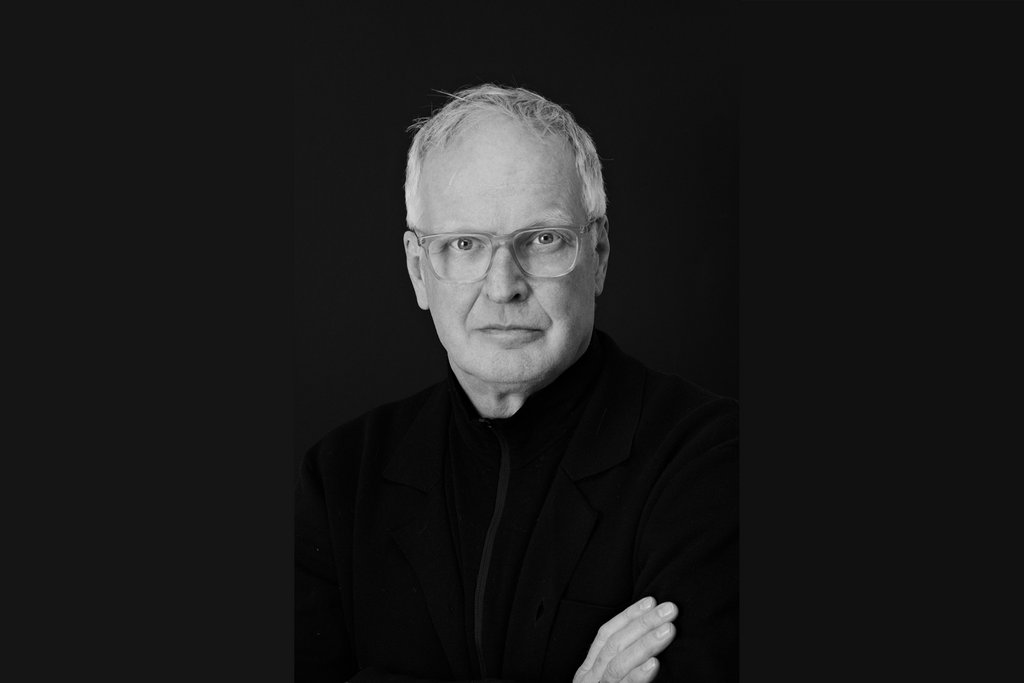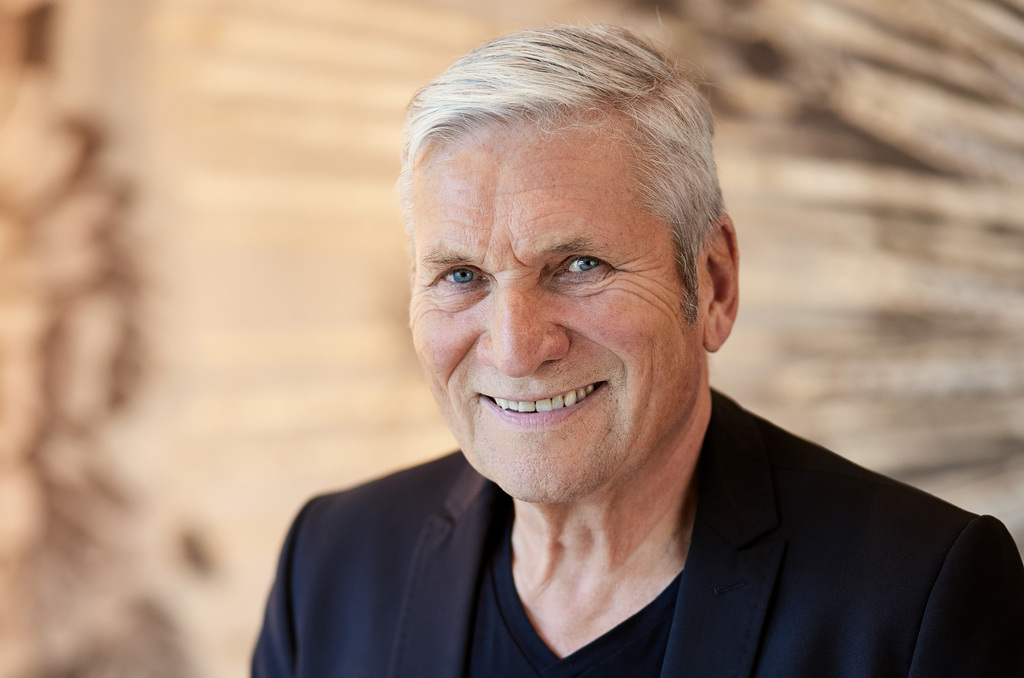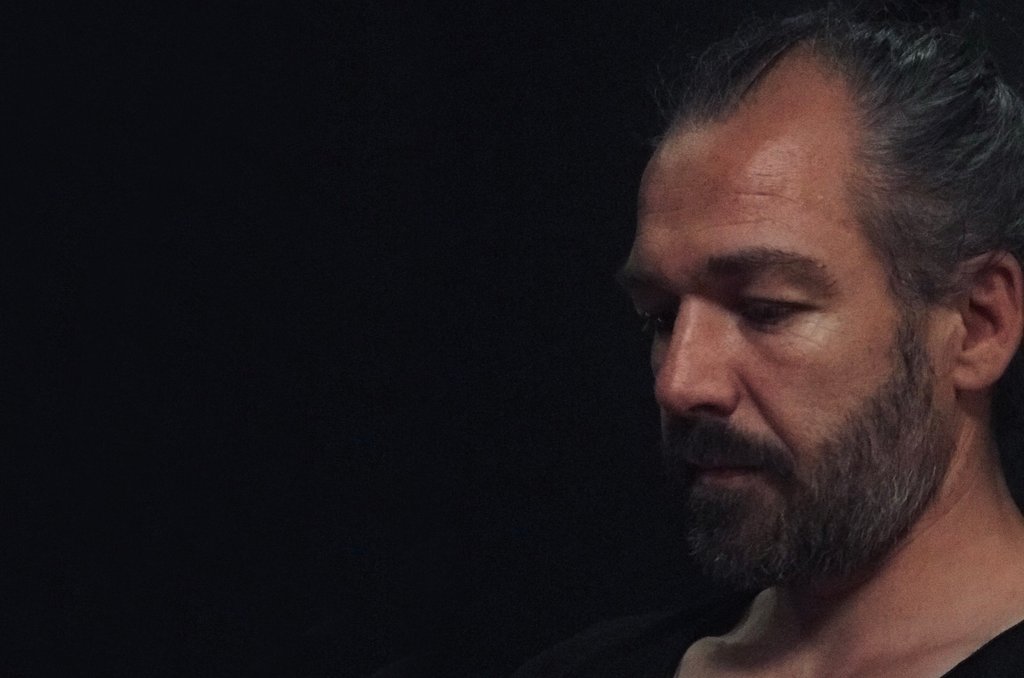Professor Wippermann, one of your theories is that the bathroom will occupy a key position in the life of our society. What makes you think that?
One of the reasons lies in the shift that’s taking place in society itself – a shift that has been taking place for many years now and is steadily coming to the point where the over-50s are definitely willing to continue leading an active life. Today we don’t start describing ourselves as old until we hit 74. And only when we turn 40 do we start admitting that it’s time we grew up. But you can’t go on looking 40 for 30 years. That doesn’t work, I can tell you. Even though the healthstyle industry is trying everything it can think of – firmer skin, stronger teeth, healthier hair and so on. The term healthstyle has been coined to describe the idea that health itself is becoming a fashion concept and is gradually replacing, or integrating, the lifestyle concept – which is already 40 years old, by the way. The body is becoming the focal point of the individual’s world. And self-design takes place in the bathroom, it’s as simple as that.
So the upgrading of the bathroom hasn’t reached its peak yet?
That’s right, because people want their surroundings to be beautiful as well. People who are active in the bathroom are also willing to spend money on making it better and more attractive. It will be a question of offering solutions that carry people away to a world where they feel good. They want to be offered something that corresponds to as many aspects of their personality as possible.
What does that mean for the evolution of the bathroom?
It’s all about individualisation and about giving the room a different significance and making it cosier. Even in the bathroom, people have their favourite pieces of furniture and deliberately buy beautiful, individual things so as to create a totally new atmosphere via items with a certain ‘objet-d’art’ quality. People no longer have enclosed shower cubicles, they have striking solitaires instead. And there are more materials in the bathroom again: copper and brass, wood and bamboo. Materials that age with you and become more beautiful, materials that reveal their life stories and take on a beautiful patina. Natural stone is re-entering the bathroom, and there’ll be a demand for good artisanship again. That might not be compatible with the mass market, but it’s certainly indicative of what will be interesting the mass market in the near future.
What impact is this individualisation, this solitaire idea having on bathroom designers or on tradesmen and bathroom design in general?
The fact that we want individual bathrooms designed the way we like and not the way some interior designer suggests makes it very difficult for them. In future, they’re going to have to cater to customers and their needs more. How do these people want to live, how do they see themselves, what aspirations do they have? And then they have to design things that might not have belonged together in the past. It’s a bit like Pop Art: one of the drivers was that pop artists brought things together that didn’t belong together. Individual pieces like a tap by Zaha Hadid will be highly important for the design, no matter how the rest of the bathroom is furnished. This passion for detail, this awareness of the individual piece, is something that very definitely differentiates the modern bathroom from its old utilitarian role.
So is the utilitarian aspect giving way to cosiness?
Absolutely, the furniture aspect will increasingly come to the fore in the sanitary sector too, as will the idea of being able to position things however you like. Then the supply and waste pipes will no longer be geared towards the walls. The cosiness aspect will ensure that things are positioned according to creative aspects rather than utilitarian ones. That’s one very clearly recognisable tendency on the market right now. You can combine various modules with one another, you can remove individual elements and replace them. That also means the fashionable aspect of bathrooms can be emphasised more strongly than in the past.
Does a fashionable bathroom design also affect the lifecycle of the interior?
All in all, the design aspect plays a major role in the bathroom. These days the same standards are applied to bathtubs, washstands, basins and showers as they are to furniture design. But at the same time, they are not being developed based on the classic bathroom tradition but based on outlooks, moods and individual interpretations. On the one hand that’s extremely exciting, of course, because it results in a faster-moving market. You no longer have to wait 30 years until something changes. On the other hand, the big units that used to be the norm are less dominant and are being replaced by lots of different modules that need to be reconciled with one another. So in that respect, it’s getting more difficult.
One of your theories is that, in terms of opening up to the living space, increasing technologisation and so on, the bathroom is experiencing the same development as the kitchen before it. What’s happening in the bathroom in terms of technical innovations?
The technologisation of the bathroom, the idea of electrical engineering and water moving closer and closer together ... that’s an interesting subject. The use of sensor technology in the public sector is something we more or less take for granted nowadays. But the future will bring this technology into the private bathroom as well and combine it with automatic recognition of whoever happens to enter the room. The music and lighting will then be automatically adjusted via little computers. And it will also become increasingly standard for individual temperatures to be preset and combined with certain showering and water usage habits: the idea that remote controls as familiar from television or computer technology could be transferred to the bathroom is utterly realistic. But it doesn’t stop there: radio chips are already in the process of making our lives web-enabled. They’re not just good for sending pallets back and forth, you can make Zimmer frames GPS-enabled too – and then they can show us where the entrance to the bathroom is if we happen to be a bit distracted. Or where the bed is. The idea of bringing high-tech into the home – GPS, RFID – i.e. all the things that are taken for granted in the business world – is definitely something we shouldn’t underestimate.
Tendencies from other cultures often play a role in this kind of development. Which external trends are influencing bathroom design?
Many of the tendencies in our bathroom design have their roots in Asia. Amongst other things, there’s a connection with the wellness movement. That’s what brought wood back into the bathroom, a material that had been banished for a long time. Wood emphasises the homely aspect, it’s cosy, clear and mentally relaxing. Bamboo plays a role here too because it’s a relatively inexpensive material with a very attractive aura. The Japanese influence is particularly interesting because the Japanese interpret toilets very differently. Intimate Japanese cleansing rituals have definitely reached the German market. They show us that your hair’s not the only thing you can use a blow dryer for: it can play a role in intimate care routines as well. This idea of Japanese rituals will lead to a change in our bathroom context.
Further information:
peterwippermann.com




